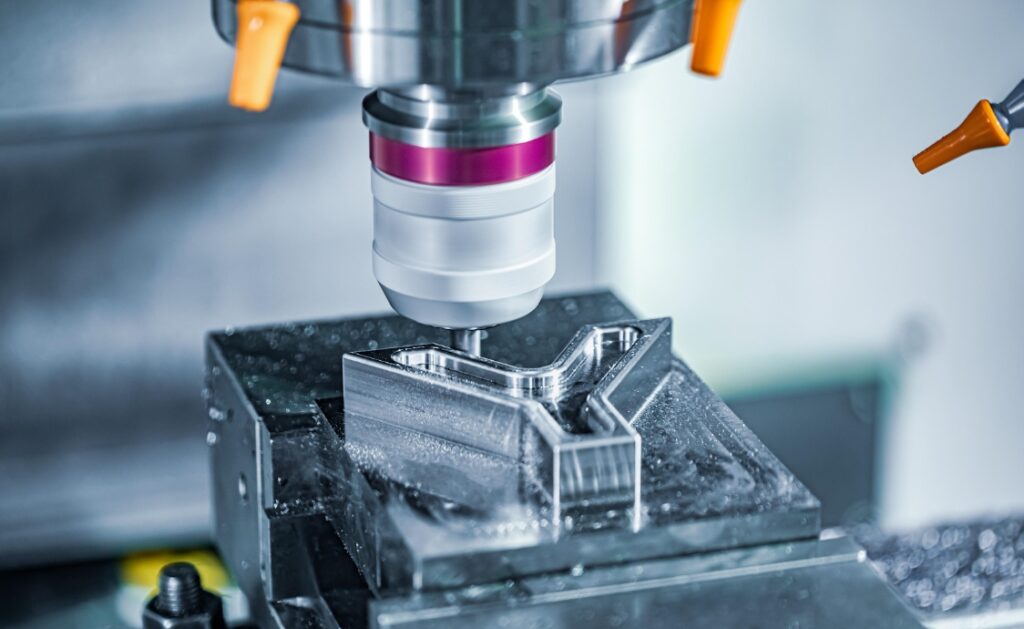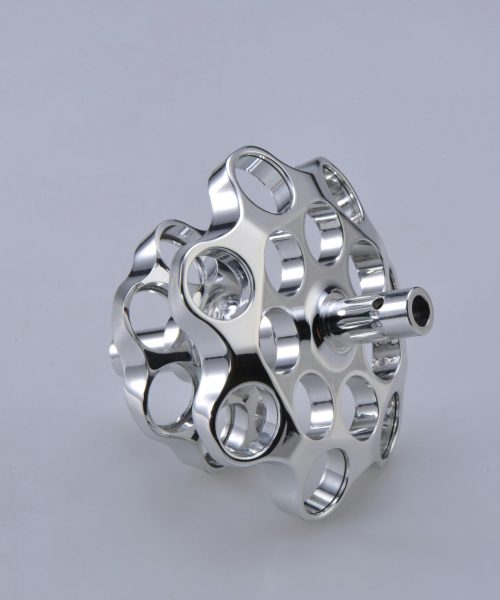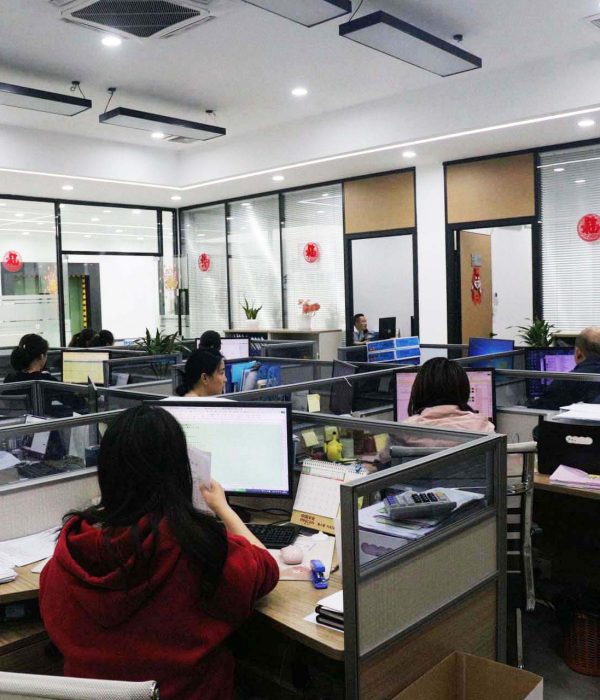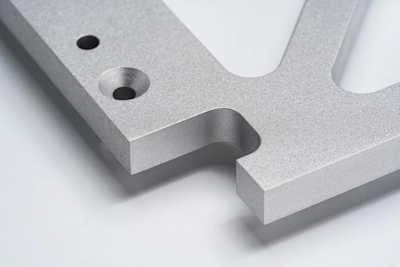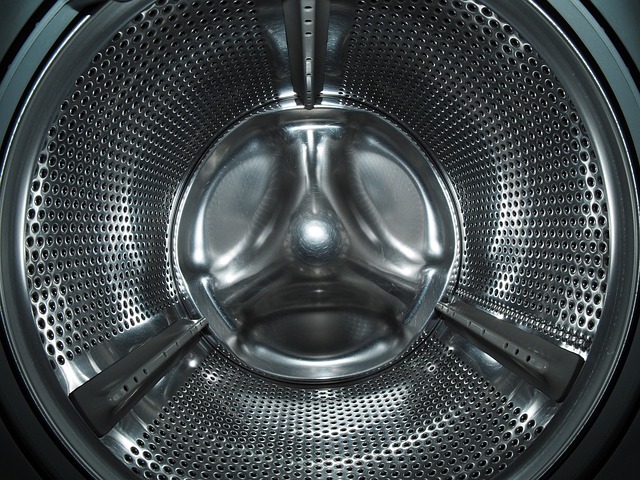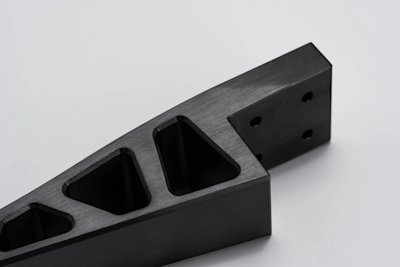Understanding CNC Machining: A Beginner’s Guide
CNC machining, an acronym for Computer Numerical Control, is a transformative manufacturing process that has revolutionized the way products are made. Unlike traditional machining, which relies heavily on manual operation, CNC machining leverages computers and software to control machine tools. This method ensures high precision, consistency, and efficiency, making it a cornerstone in modern manufacturing.
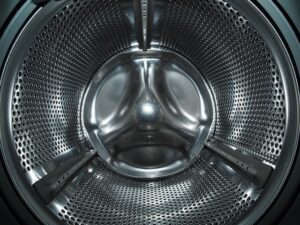

At its core, CNC machining involves the use of computer-aided design (CAD) software to create detailed digital models of the desired part. These models are then translated into G-code, a set of instructions that guide the CNC machine. The machine interprets this code to execute precise cutting, drilling, or shaping operations on various materials, such as metals, plastics, and composites. This automation minimizes human error and allows for the production of complex geometries with remarkable accuracy.
The process begins with designing the part using CAD software, which is then converted into G-code using computer-aided manufacturing (CAM) software. The CNC machine reads this code and performs the necessary operations with minimal human intervention. This seamless integration of design and manufacturing ensures that each part meets exact specifications, making CNC machining ideal for industries requiring high precision.
CNC machining encompasses a variety of machine types, each tailored for specific tasks. Milling machines, for instance, excel at cutting and drilling, while lathes are specialized for spinning and shaping. Grinders are used for precise surface finishing, and 3D printers, an emerging technology, create complex structures layer by layer. Each machine type offers unique capabilities, allowing manufacturers to choose the best tool for their needs.


The versatility of CNC machining extends to the materials it can process. From metals like aluminum and steel to plastics and composites, CNC machines can handle a wide range of materials, each suited for different applications. This adaptability makes CNC machining a preferred choice across various industries.
The advantages of CNC machining are numerous. Its precision and consistency reduce errors, while automation enhances efficiency and productivity. This makes it cost-effective, especially for large-scale production. Additionally, CNC machining supports rapid prototyping, enabling quick iterations and reducing time-to-market.
CNC machining is integral to industries such as aerospace, automotive, healthcare, and consumer goods. In aerospace, it crafts precise components like engine parts, while in healthcare, it produces medical devices and implants. The automotive industry uses it for engine components and custom parts, and consumer goods benefit from its ability to create intricate designs.
In conclusion, CNC machining is a pivotal technology in modern manufacturing, offering precision, efficiency, and versatility. As technology advances, CNC machining continues to evolve, promising even greater capabilities and accessibility. This guide provides a foundational understanding, highlighting its significance and applications across diverse industries.
Exploring The Diverse Applications Of CNC Machining Services
CNC machining services have revolutionized the manufacturing industry by offering unparalleled precision and efficiency. This technology, which utilizes computer-controlled machinery to cut, drill, and shape various materials, has become indispensable across a multitude of sectors. Its versatility and accuracy make it a cornerstone in modern production processes.
In the aerospace industry, CNC machining is crucial for crafting high-precision components such as engine parts and satellite components. The need for exacting standards in this field makes CNC machining an essential tool, ensuring reliability and safety in aircraft and spacecraft.
Transitioning to the automotive sector, CNC machining plays a pivotal role in producing engine components, gearboxes, and prototypes. This technology not only accelerates production but also allows for the creation of complex designs that enhance vehicle performance and safety.
The healthcare industry benefits significantly from CNC machining, particularly in the fabrication of medical devices like implants and surgical instruments. The precision required for these items is met effectively through CNC machining, ensuring both safety and efficacy.
Furthermore, in the realm of consumer goods and electronics, CNC machining is employed to create intricate components for devices such as smartphones and laptops. This technology enables the production of small, complex parts with high accuracy, meeting the demands of a fast-paced industry.
The oil and gas industry also leverages CNC machining for manufacturing drilling equipment and pipeline components. The durability and precision required in this sector are efficiently achieved through CNC processes, ensuring operational reliability.
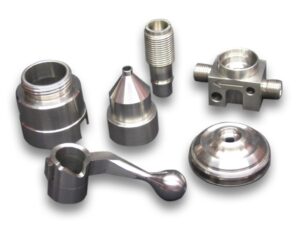

In addition, the construction industry utilizes CNC machining for custom architectural features and decorative elements. This application showcases the technology’s versatility beyond industrial uses, contributing to both functional and aesthetic aspects of buildings.
Moreover, the renewable energy sector benefits from CNC machining in the production of components for wind turbines and solar panels. This highlights the technology’s role in supporting sustainable energy solutions.
In conclusion, CNC machining services are integral to various industries, offering precision, efficiency, and the ability to handle complex designs. From aerospace to renewable energy, its applications are diverse and vital, underscoring its importance in modern manufacturing.
Optimizing Costs In CNC Machining: Tips And Best Practices
**CNC Machining Services: Optimizing Costs In CNC Machining: Tips And Best Practices**
In the realm of modern manufacturing, CNC machining stands as a cornerstone, offering precision and efficiency across various industries. However, as businesses strive to maintain profitability, optimizing costs in CNC machining becomes paramount. This article delves into strategic approaches to reduce expenses while upholding quality standards.
**Design for Manufacturability (DFM)** is a critical starting point. A design that disregards manufacturing constraints can escalate costs due to complex geometries and unnecessary features. Early collaboration with manufacturers can identify and eliminate such issues, ensuring designs are both functional and cost-effective.
**Material Selection** plays a pivotal role in cost optimization. Exotic materials, while sometimes necessary, can be costly and challenging to machine. Exploring alternative materials that meet specifications can significantly reduce expenses. Additionally, near-net-shape materials can minimize machining time, further cutting costs.
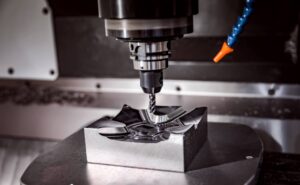

**Production Volume** considerations are equally important. While CNC machining is versatile for both small and large batches, economies of scale influence cost structures. For large volumes, setup costs are distributed across more units, lowering per-unit costs. Conversely, small batches require careful planning to avoid disproportionate setup expenses.
**Tooling and Setup Optimization** can yield substantial savings. Standard tools often suffice, reducing the need for costly custom alternatives. Efficient setup arrangements and fixtures can minimize production time, enhancing overall cost-effectiveness.
**Machining Tolerances** should be specified judiciously. Tighter tolerances demand more precise machinery and time, increasing costs. By specifying only necessary tolerances, businesses can avoid unnecessary expenses without compromising product integrity.
**Working with Suppliers** is another key strategy. Building strong relationships can lead to favorable pricing and terms. Comparing quotes and selecting reliable suppliers ensure value and quality, crucial for long-term cost management.
**Post-Machining Processes** offer additional optimization opportunities. Outsourcing or combining finishing and assembly with machining under one supplier can streamline operations and reduce costs.
Finally, **Investing in Technology** may seem counterintuitive but can yield long-term savings. Advanced CNC technologies improve efficiency and precision, reducing production time and material waste.
In conclusion, optimizing costs in CNC machining involves a multifaceted approach, from design and material selection to supplier relationships and technological investments. By implementing these strategies, businesses can enhance profitability while maintaining high standards of quality.

